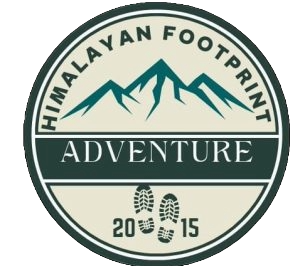Pikey Peak
Pikey Peak Trek offers a mesmerizing journey through the heart of the Solu region in Nepal, providing an off-the-beaten-path adventure for nature enthusiasts. Standing at an altitude of 4,065 meters, Pikey Peak rewards trekkers with panoramic views of the majestic Himalayas, including Everest and Kanchenjunga. This trek is known for its tranquility, cultural richness, and diverse landscapes, featuring lush forests, charming Sherpa villages, and pristine meadows. The route allows for a gradual acclimatization, making it suitable for trekkers of various fitness levels. Immerse yourself in the unique charm of Pikey Peak, experiencing the warmth of local hospitality and the serenity of untouched mountain beauty.

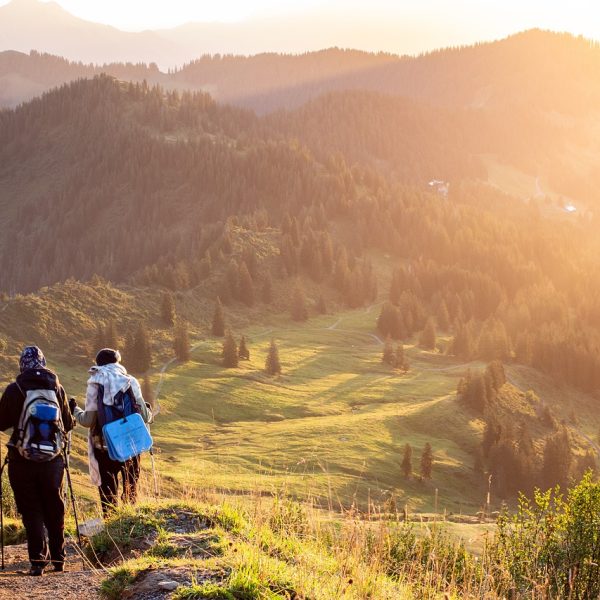
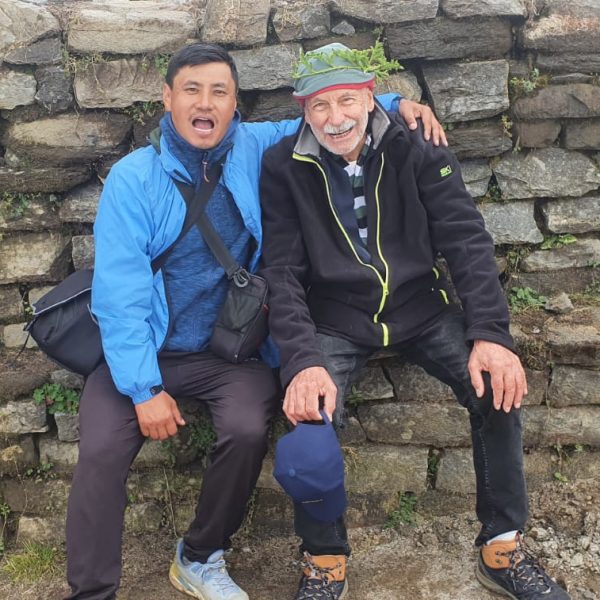

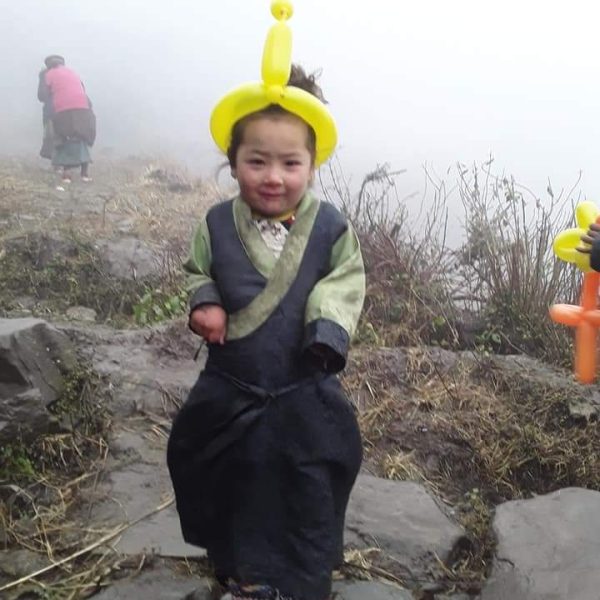
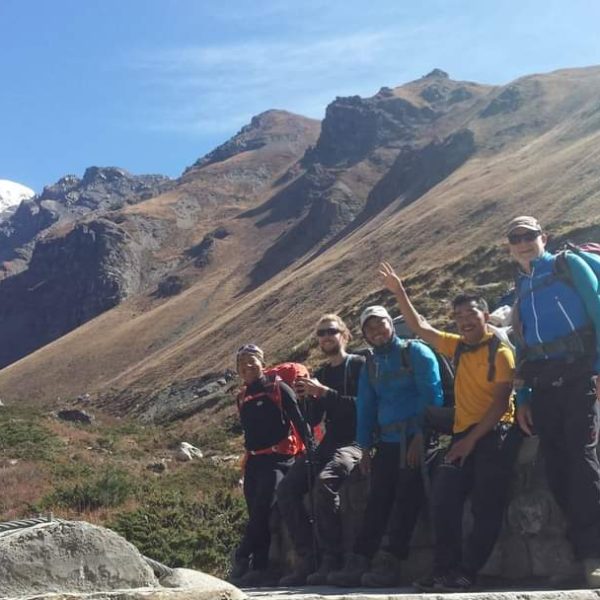
Duration:
The trek typically takes around 7 to 10 days to complete, depending on the starting point and the chosen itinerary. It is a moderate trek, suitable for trekkers with a moderate level of fitness.
Starting Point:
The trek can begin from various places, including Jiri, Phaplu, or Salleri, with the latter being the most common starting point. Salleri is accessible by road from Kathmandu, making it a convenient entry point for trekkers.
Highlights:
Pikey Peak Summit (4,065 meters/13,335 feet):
The trek’s highlight is undoubtedly the ascent to Pikey Peak, which offers breathtaking sunrise and sunset views over the Himalayas. The peak is renowned for providing one of the best panoramic views of the Everest and Makalu regions.
Cultural Experience:
The Pikey Peak Trek provides opportunities to explore traditional Sherpa villages, interact with local communities, and experience their unique culture and hospitality. Trekkers may also encounter Buddhist monasteries and prayer flags along the route.
Scenic Landscapes:
The trail passes through lush rhododendron and pine forests, terraced fields, and alpine meadows, offering diverse landscapes. The trek provides a chance to witness the rich biodiversity of the region, with various flora and fauna along the way.
Off-the-Beaten-Path:
Compared to more popular trekking routes like Everest Base Camp, the Pikey Peak Trek is relatively less crowded. Trekkers can enjoy a peaceful and serene environment, away from the hustle and bustle of more frequented trails.
Local Cuisine:
Trekkers have the opportunity to savor authentic Sherpa cuisine during the trek. Local dishes, such as dal bhat (lentil soup with rice), momos (dumplings), and Sherpa stew, provide a delightful culinary experience.
Best Time to Trek:
The ideal trekking seasons for Pikey Peak are spring (March to May) and autumn (September to November), when the weather is generally clear, and the views are spectacular. Winter treks are possible but may encounter cold temperatures and snow-covered trails.
Day 1: Kathmandu to Salleri (2,390 meters/7,841 feet)
Drive or fly from Kathmandu to Salleri, the gateway to the Pikey Peak region.
Day 2: Salleri to Chaulakharka (2,630 meters/8,629 feet)
Begin the trek from Salleri, passing through picturesque villages and terraced fields to reach Chaulakharka.
Day 3: Chaulakharka to Ngawang (3,180 meters/10,433 feet)
Trek through dense forests of rhododendron and pine, enjoying the views of the Himalayas as you ascend to Ngawang.
Day 4: Ngawang to Pikey Base Camp (3,640 meters/11,942 feet)
Continue the ascent to Pikey Base Camp, which offers stunning views of the surrounding peaks.
Day 5: Pikey Base Camp to Pikey Peak Summit (4,065 meters/13,335 feet) and Junbesi (2,670 meters/8,759 feet)
Early morning hike to Pikey Peak to witness the sunrise over the Himalayas. Descend to Junbesi, passing through monasteries and picturesque landscapes.
Day 6: Junbesi to Thupten Chholing Monastery (2,700 meters/8,858 feet)
Trek to Thupten Chholing Monastery, an important Buddhist site, and explore the surroundings.
Day 7: Thupten Chholing Monastery to Ringmo (2,720 meters/8,924 feet)
Continue the trek to Ringmo, passing through charming Sherpa villages and enjoying the tranquil landscapes.
Day 8: Ringmo to Phaplu (2,413 meters/7,919 feet)
Descend to Phaplu, a town with airstrip facilities, making it a potential endpoint for the trek.
Day 9: Phaplu to Kathmandu
Drive or fly back to Kathmandu, concluding the Pikey Peak Trek.
Included
- Experienced Guide
- Porter
- 3 Times a Meal According the choice of Guest
- 3 Times Hot Drink
- Seasonal Fruits
- All Required Equipment’s
- All the Transportation Fee During Programmer
- Airport Pick Up & Drop
- All the Accommodation During Trek
- Sight Seeing (UNESCO World Heritage Sites)
- Accommodation In Kathmandu (Tourist Standard Hotel/Star Hotel)
- First Aid Service
- Trekking Gears If Required (Crampon, Ice-Axe , Rope, Oxygen Cylinder, Sleeping Bag, Hot Water Bag)
- Staff Insurance (Guide, Ass Guide, Porter, Cook, Ass Cook)
- Food & Accommodation For Field Staffs
- Staff Equipment
Not Included
- Tips For Nepali Field Staffs (Tipping is the tradition of tourism in Nepal, every trekkers Expect some tips from the clients at the end of program. Normally we recommend 15-25% tips to guide & 10-15% tips to other field Staffs)
- International Flight
- Travel Insurance & Visa fees
- All the Beverages
- Extra Expenses (Personal Shopping, Personal Transportation, Extra Activities if it is not in the program)
Clothing:
- Outer Shell Jacket: Waterproof and windproof jacket for protection against the elements.
- Hiking Pants: Comfortable, moisture-wicking pants that are easy to move in.
- Rain Pants: Waterproof pants for rain and wet conditions.
- Gloves: Insulated gloves for warmth and protection.
- Hat: Warm hat to cover your head and ears.
Footwear:
- Hiking Boots: Sturdy, comfortable hiking boots with ankle support.
- Socks: Moisture-wicking and warm socks. Consider bringing a few pairs.
Accessories:
- Backpack: Comfortable daypack to carry your essentials.
- Sunglasses: UV-protective sunglasses with good coverage.
- Sunscreen: High SPF sunscreen to protect your skin from high-altitude sun.
- Lip Balm: With SPF to prevent chapped lips.
- Headlamp: Essential for any early morning or late evening activities.
Sleeping Gear:
- Sleeping Bag: Warm and suitable for the expected temperatures.
Hydration and Nutrition:
- Water Bottles: Carry water bottles to stay hydrated.
- Snacks: Energy bars, trail mix, and other high-energy snacks.
- Water Purification: Water purification tablets or a filtration system.
Miscellaneous:
- First Aid Kit: Including basic medications, bandages, blister treatment, etc.
- Personal Identification: Passport, permits, and any other necessary documents.
- Camera: If you want to capture the breathtaking views.
- Power Bank: To keep your electronics charged.
- Toiletries: Toilet paper, hand sanitizer, and other personal hygiene items.
Optional Gear:
- Trekking Gear Rental: You can rent some equipment in Nepal, such as sleeping bags and trekking poles.
- Portable Altitude Chamber (PAC): For altitude-related emergencies, if you’re concerned about altitude sickness.
1-3 Pax 675 USD
4-10 Pax 575 USD
Above 10 Pax 475 USD
